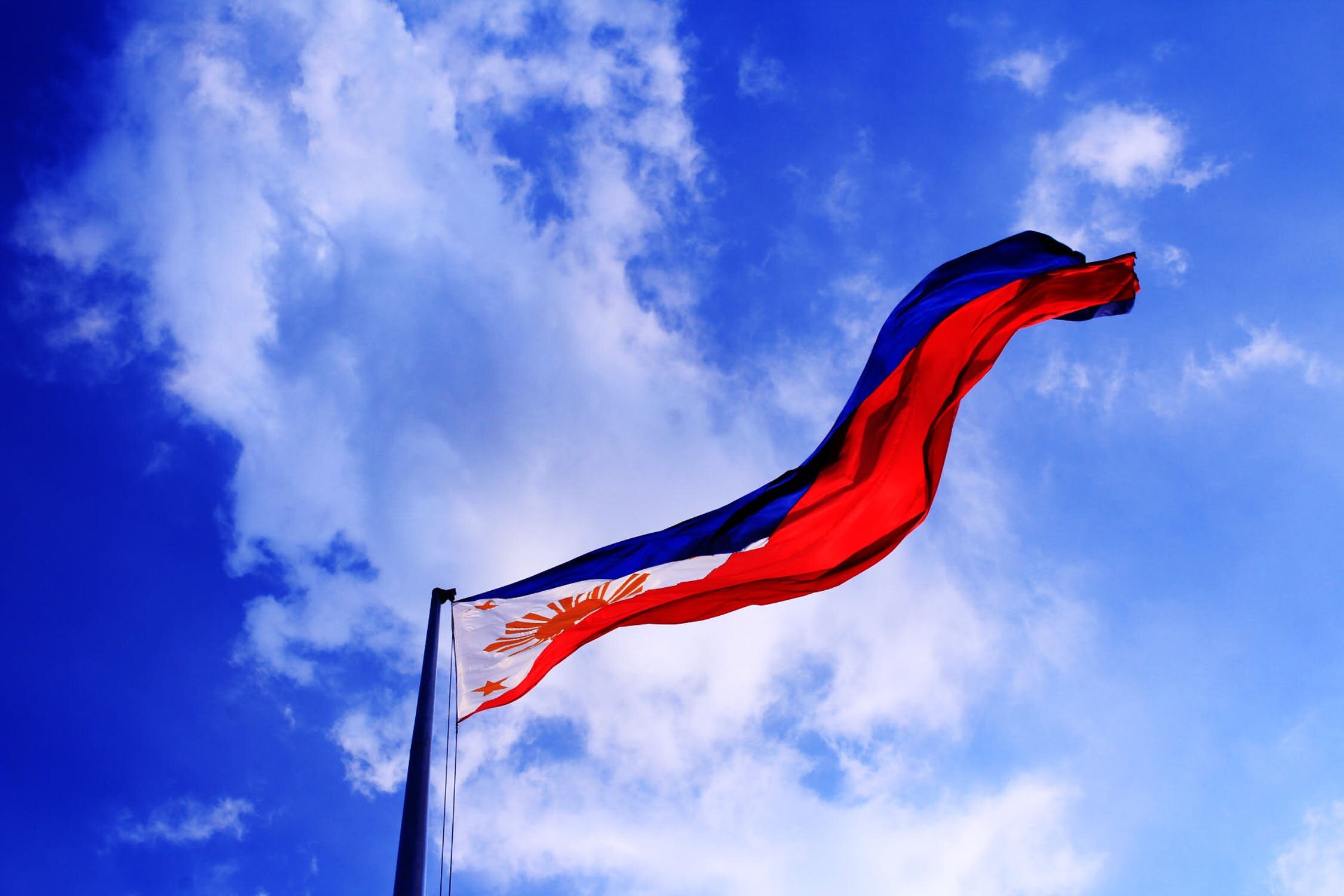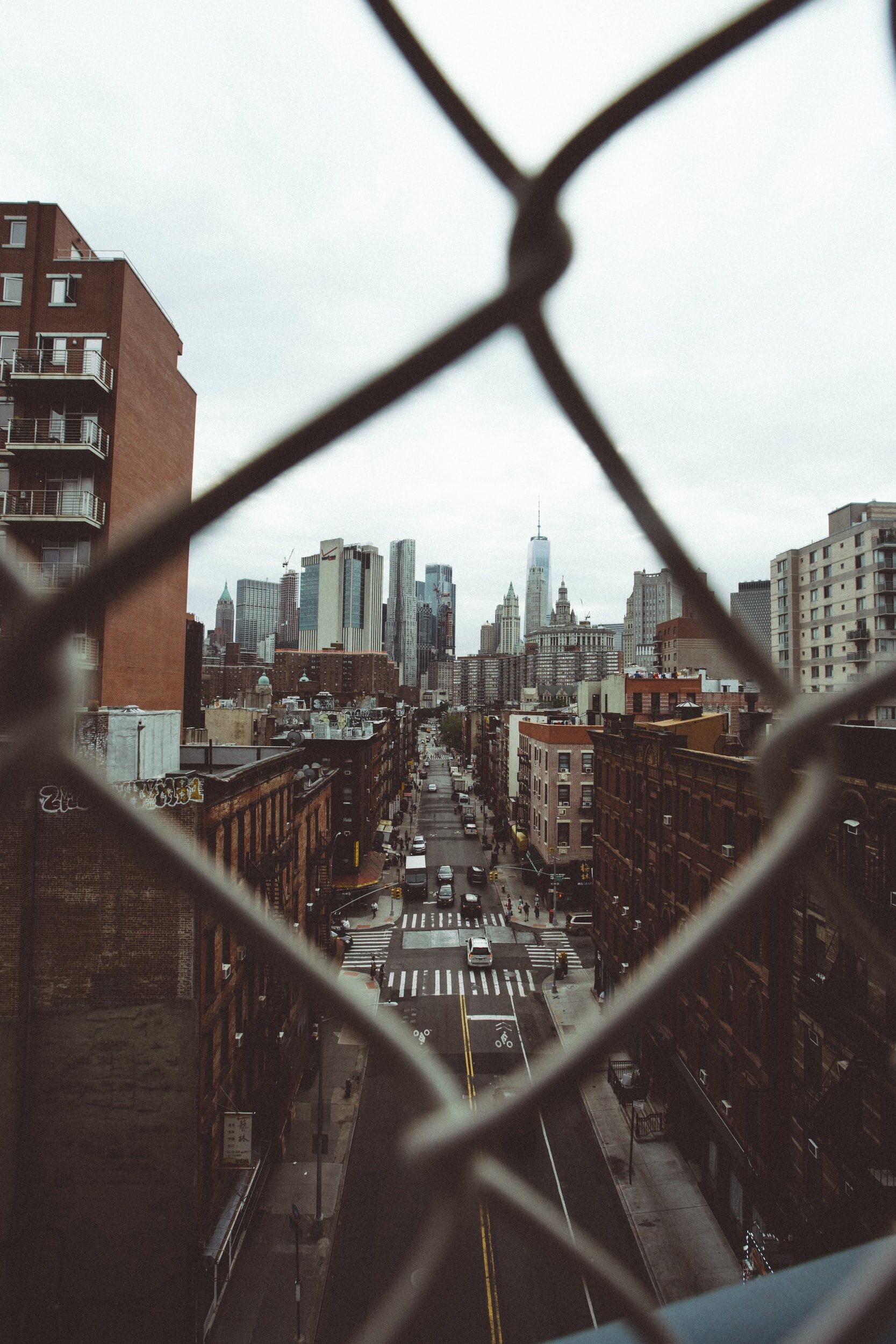iLove to Hate the Language
“I was born on stolen, colonized land, far from my ancestors and cultural roots.
I was born struggling to express my parents’ mother tongues, stumbling on every word.
I was born in a land where I am perpetually foreign, othered because of my brown skin, the shape of my eyes, my presence.
I was born in a time where cultural acceptance was disguised as cultural assimilation.
I was born living in a rose-coloured multicultural paradise where all cultures appear to coexist peacefully.”
Photo credit: Krisia Vinzon
Second-generation and third-generation Filipinos become the butt of a joke or shamed for not knowing our parents’ dialects. Some people think we make excuses not to learn the language, refusing our Filipino identity and favouring Western or other Asian cultures. In some cases, this may be true, but our perpetual foreignness tied with traces of colonization lurks underneath this love-hate relationship with our dialects. These jarring experiences amplify insecurities and open wounds of rejection, driving a wedge of isolation, disconnection, and resentment between our souls and our cultural identities.
Sometimes when I walk down the street, a random kababayan approaches me and chatters away in Tagalog. My mind freezes, deciding if I should pretend to understand or be honest. Choosing the latter frames me as a fraud, attacked with unsolicited questions like, “What you didn’t learn? Why didn’t your parents teach you, ha?”
Shame or walang hiya (wa-lah-ng hee-ya) is deeply embedded in Filipino culture and is a manipulative colonial tool in controlling the thoughts and actions of Filipino individuals. Walang hiya severs communities, pitting other Filipinos against each other, and constricts different expressions of Filipino identity. Walang hiya labels others as unworthy and manifests resentment.
We live in a time when different cultural and religious groups speak up about their community’s issues. The Internet is making it harder for BIPOC issues to be silenced. But decades before the pandemic and the rise of social media, the Western world was and continues to be a pool of assimilation. Teachers in the ‘90s and 2000s rarely fostered students’ acceptance of their cultural identity. If multiculturalism was brought up, it was through shallow means of sharing food instead of deep, intentional, and rich learning.
When I started school in the late ‘90s into the early 2000s, assimilation was the goal. Assimilation was a means of survival, of fitting in. At nine years old, I moved from a culturally diverse school to a predominantly white space. In shock, I didn’t know where I fit in. I was a chameleon, blending in and shifting between different worlds, slowly adapting to the slang, attitudes, and the culture until I could easily mimic my peers.
Around my best friend, I felt safe and free to be myself, but a part of me felt ignored, unseen, and unheard for years outside of our bubble. I concealed much of my Filipino identity, whitening my attitude instead, only revealing pieces of my Filipin-ness to those I could trust My best friend at the time was half Filipino and was the only one who truly understood the Filipino part of me. On the bus, we confided in each other and shared commonalities of our Filipino identity from the food to our families. As I grew older and aware of those around me, I started quietly rejecting Filipino culture by avoiding OPM (Original Pinoy Music), teleseryes (dramas), and movies with the excuse that I didn’t understand Tagalog—when really I hated that Tagalog was a secret code I couldn’t fully decipher. I also denied foods that were “too Filipino” like daing ng bangus, pinakbet, dinuguan, and toyo, and opted for foods palpable for Westernized tastes.
Gradually, I developed a cloak of shame around my Filipino identity, concealing my true desire to express my Filipin-ness.
In Western schools, racialized kids were labelled as ESL (English as a Second Language) students left and right. English has been my first language since birth, yet my teacher assumed I could not speak it properly because of my refusal to speak in class when in reality, I hold a shy, quiet nature. Shame consumed me as my teacher insisted, I enroll in an ESL class. My Mom protested, arguing I didn’t even speak Tagalog let alone Ilocano, but my teacher kept pushing, thinking she knew best. I wanted to scream at my teacher. “I don’t need this. I speak English fine!” Instead, I sat there, powerless, accepting the inevitable. From Grade 2 to the day I graduated high school, ESL was tattooed on my forehead.
Thinking back to those useless classes is met with distorted, blacked-out memories. Those classes regressed my oral English language skills. To this day, I still have trouble formulating and verbalizing my thoughts. The trauma of being mislabelled messed with my self-esteem and deeply distorted my views of both languages. English was a priority; Tagalog was a second thought. English brought opportunity, success, and intelligence, but Tagalog was shameful and dirty. I was caught in a cycle, vying for my teacher’s approval.
No matter what I did, I could never scrub those letters tattooed off my forehead. I felt like I was never good enough in either language, perceiving myself as stupid in both.
I internalized these poisonous attitudes and deprived myself of learning Tagalog/Ilocano for much of my life.
Photo Credit: Pottery Barn Pinterest
Nowadays, I see the value of Tagalog and Ilocano as a means to heal, reconnect, and relearn. I hold my truth and shed the colonial mentality of English holding the utmost superiority to other languages. As a teacher, I always encourage families speaking more than one language to continue communicating their home dialects. Languages carve paths of knowledge and sow seeds of belonging and guidance. Languages break barriers and bridge people together.
Each second and third-generation Filipino has their own stories and complicated relationships with the language and culture, some more damaging than others. Reducing our reluctance to learn our parents’ language(s) is shallow and disregards the complexities of living in the diaspora as a perpetual foreigner from birth. Cultural reconnection should be internally driven, not forced upon. Healing from our past with culture and language requires reflecting on hard truths. Even if a person refuses, we should not shame them because there may be deeper complexities concealed below. Reconciling our relationships to our Filipino identity is messy and complex but can also heal our inner wounds. Instead of dichotomizing Filipino identity, we should start seeing it in more fluid terms, allowing for the flexibility to express different definitions of Filipino/a/x identities.
No matter how far you are in your journey to find peace in your identity, know that it doesn’t make you any less Filipino.



